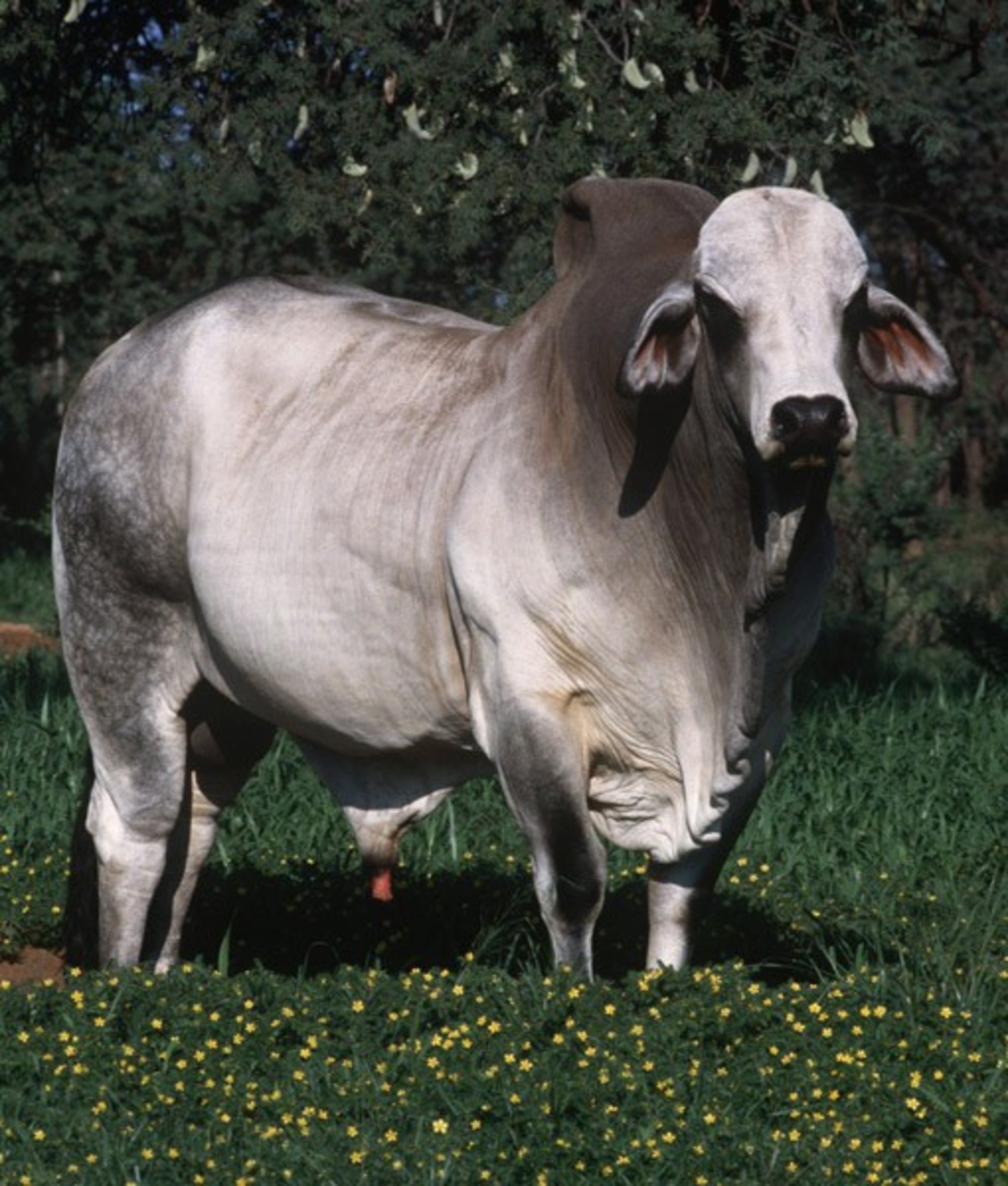
For many people, the only interactions they have had with farm animals are at the county fair's petting zoo. Little do they know of the curious creatures there are besides Old MacDonald's chickens, turkeys, and cows. Here are 12 of the weirdest animals that are as much a part of the farm family as Foghorn Leghorn.
12. Donkeys
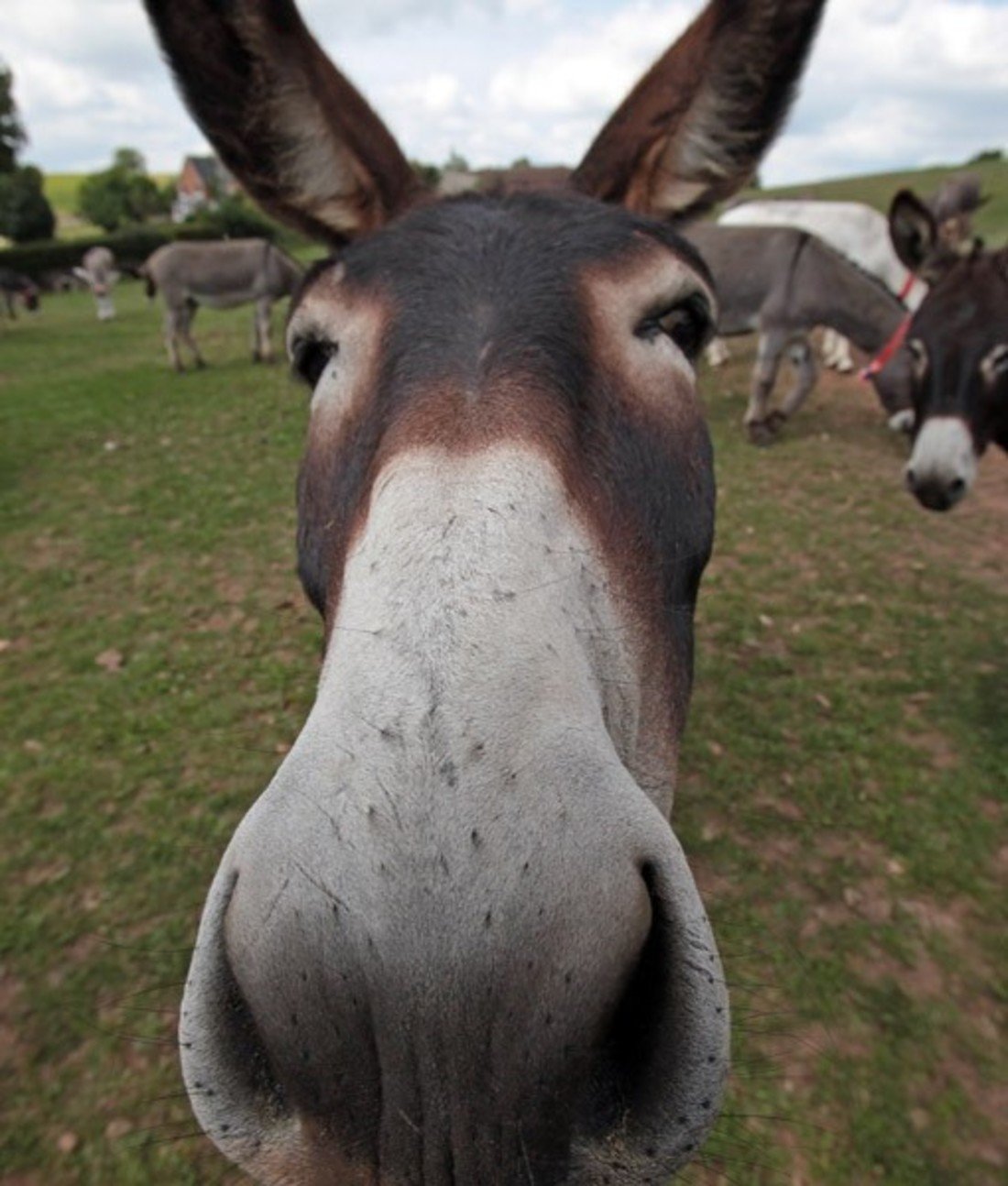
Donkeys aren't unusual by any means, but at the farm, they're more workers than they are animals. Donkeys are typically used as livestock guards by farmers. Donkeys have exceptional hearing, smell and vision. With their keen senses, donkeys are able to neigh, bare their teeth, chase, and kick trespassers off the premises, from bears to humans. That'll do, donkey.
11. Llamas
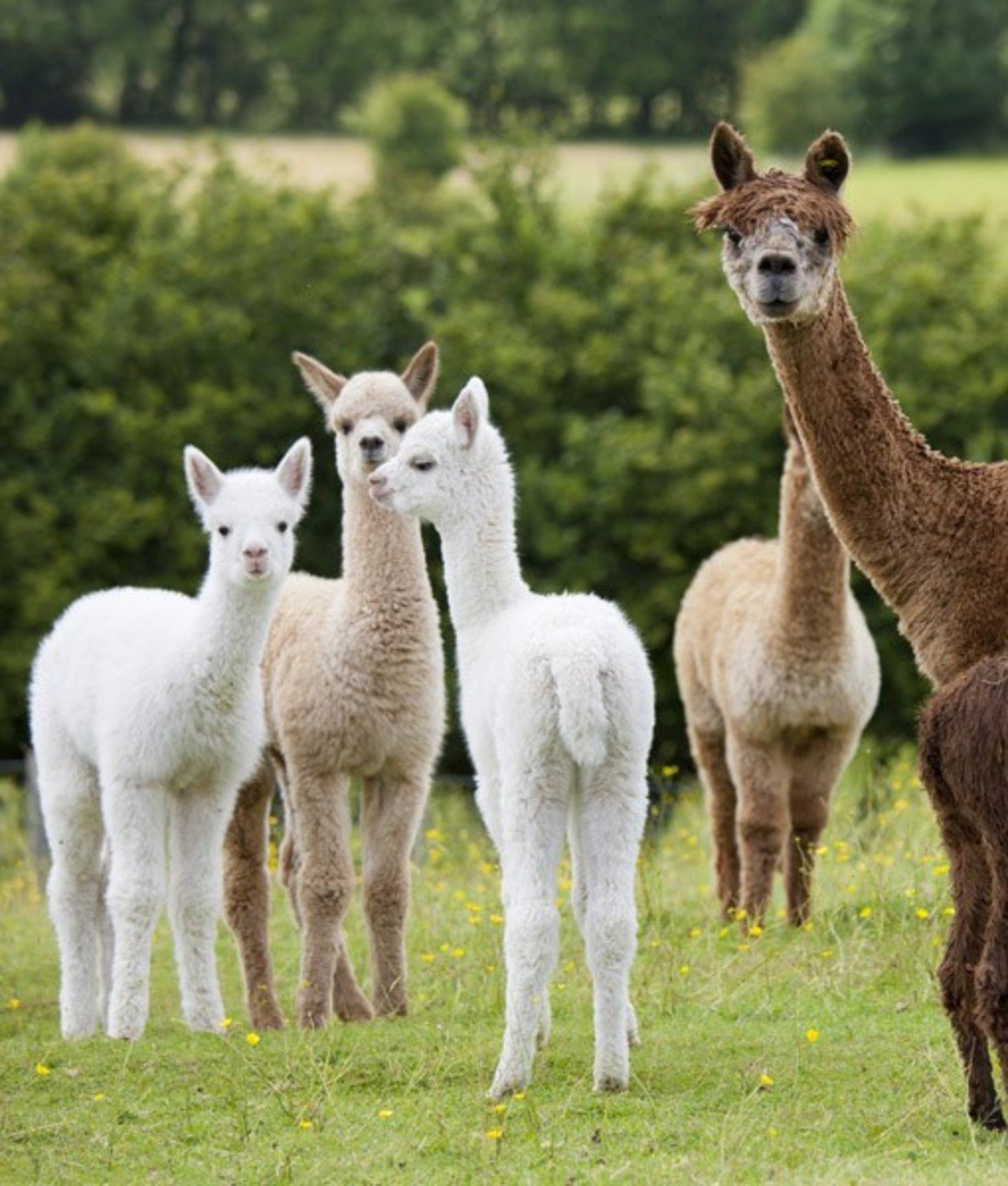
Donkeys aren't the only working farm animals on the ranch. Llamas are often used to protect livestock too. Llamas are instinctively alert, and although they seem cute and cuddly, they are not afraid to run an intruder off the farm. They are also great leaders and can even lead a pack of animals away from danger to a spot where they will feel safe.
10. Belted Galloway
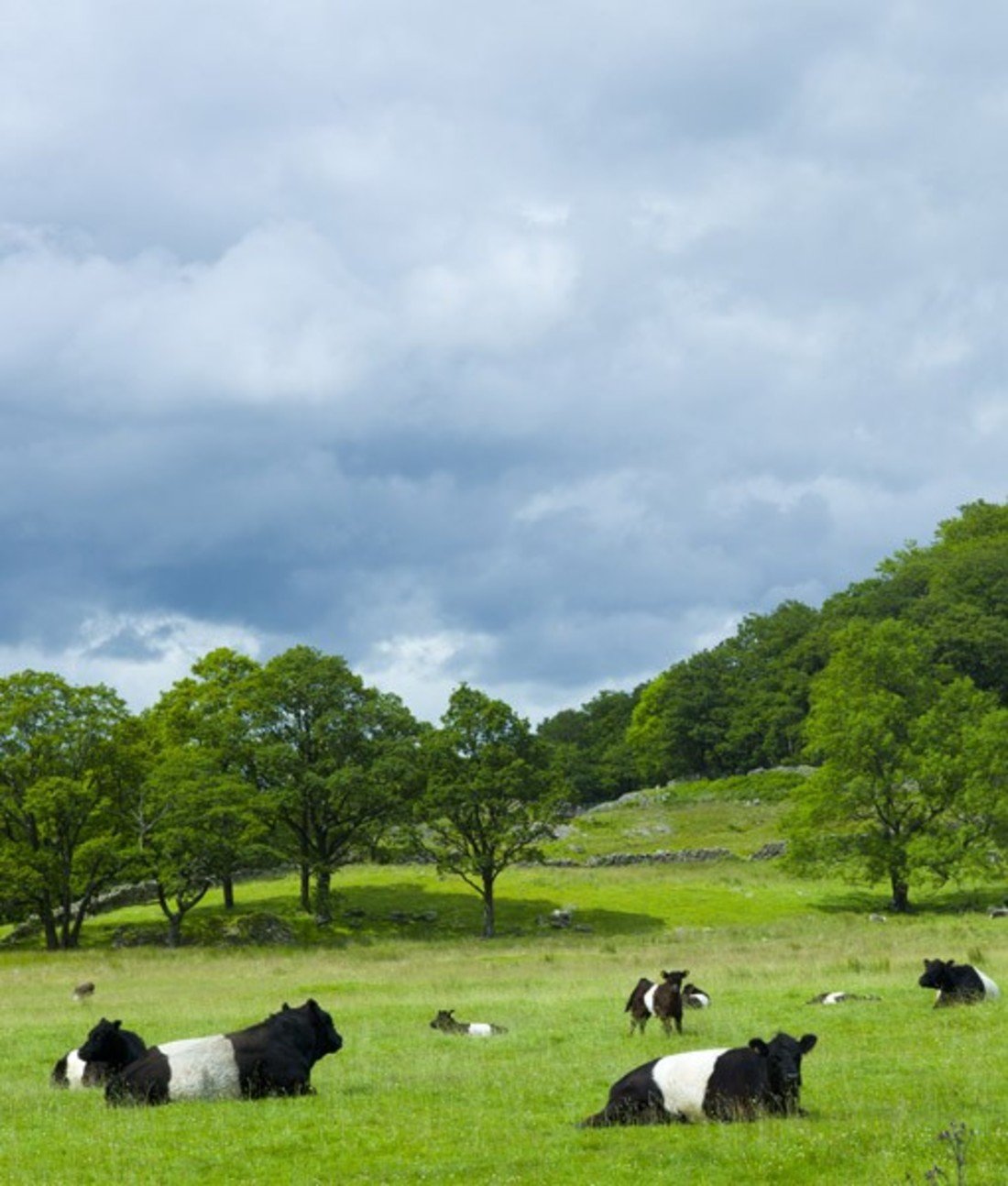
Is that a zebra cow? Nope. It's a belted galloway, a heritage breed of cattle that is known for its long hair and quirky white belt that encircles its body. They are raised for their quality marbled beef, but are sometimes milked. They are also sometimes bought just because of their interesting appearance.
9. Herdwick Sheep
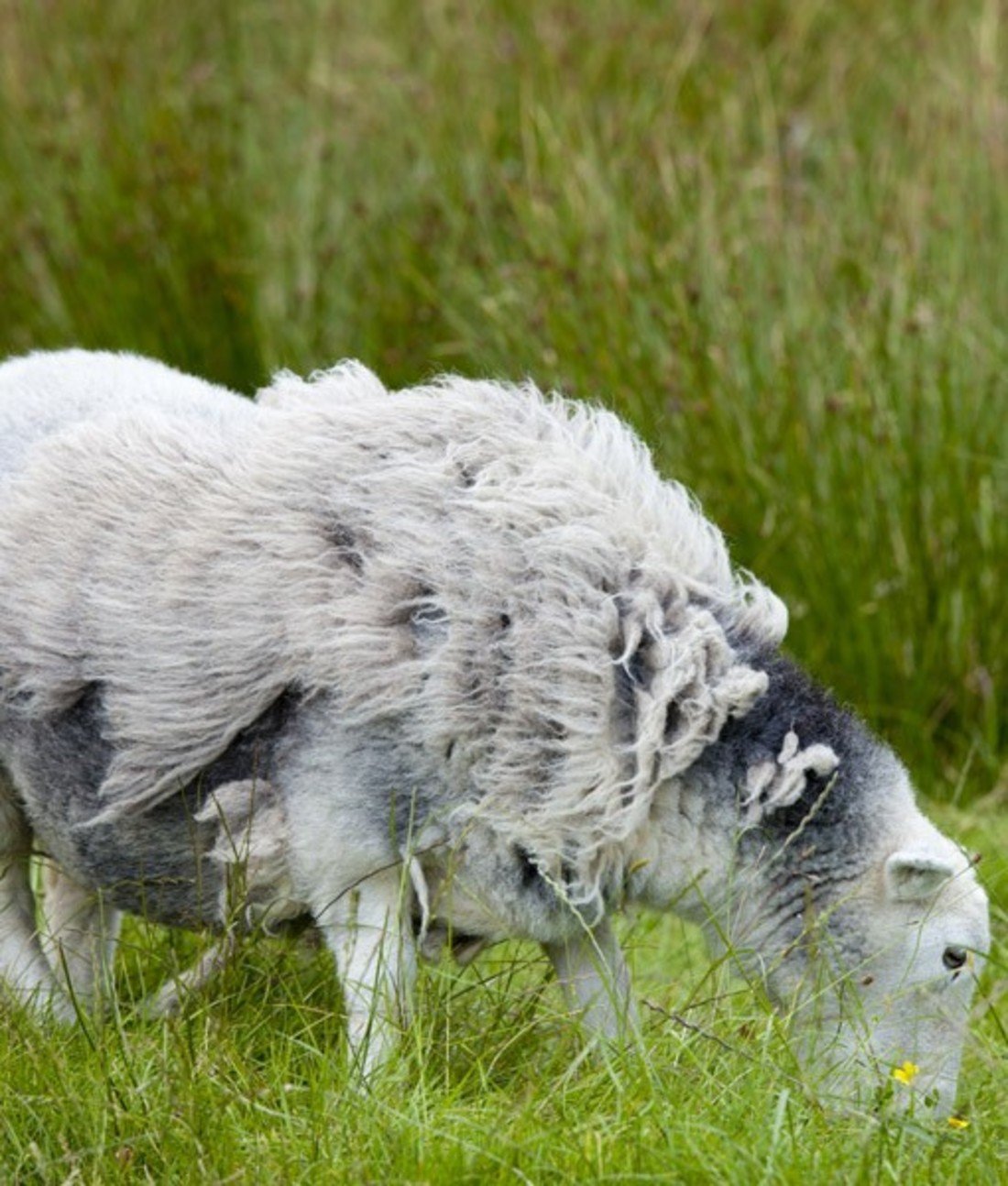
What shaggy hair you have, little sheep! The Herdwick isn't known for its wool quality or its lambing capacity, but they are still prized farm animals. Herdwicks have extremely good health and can live off foraging. They also stay in their territory and do not wander off.
8. Rhea
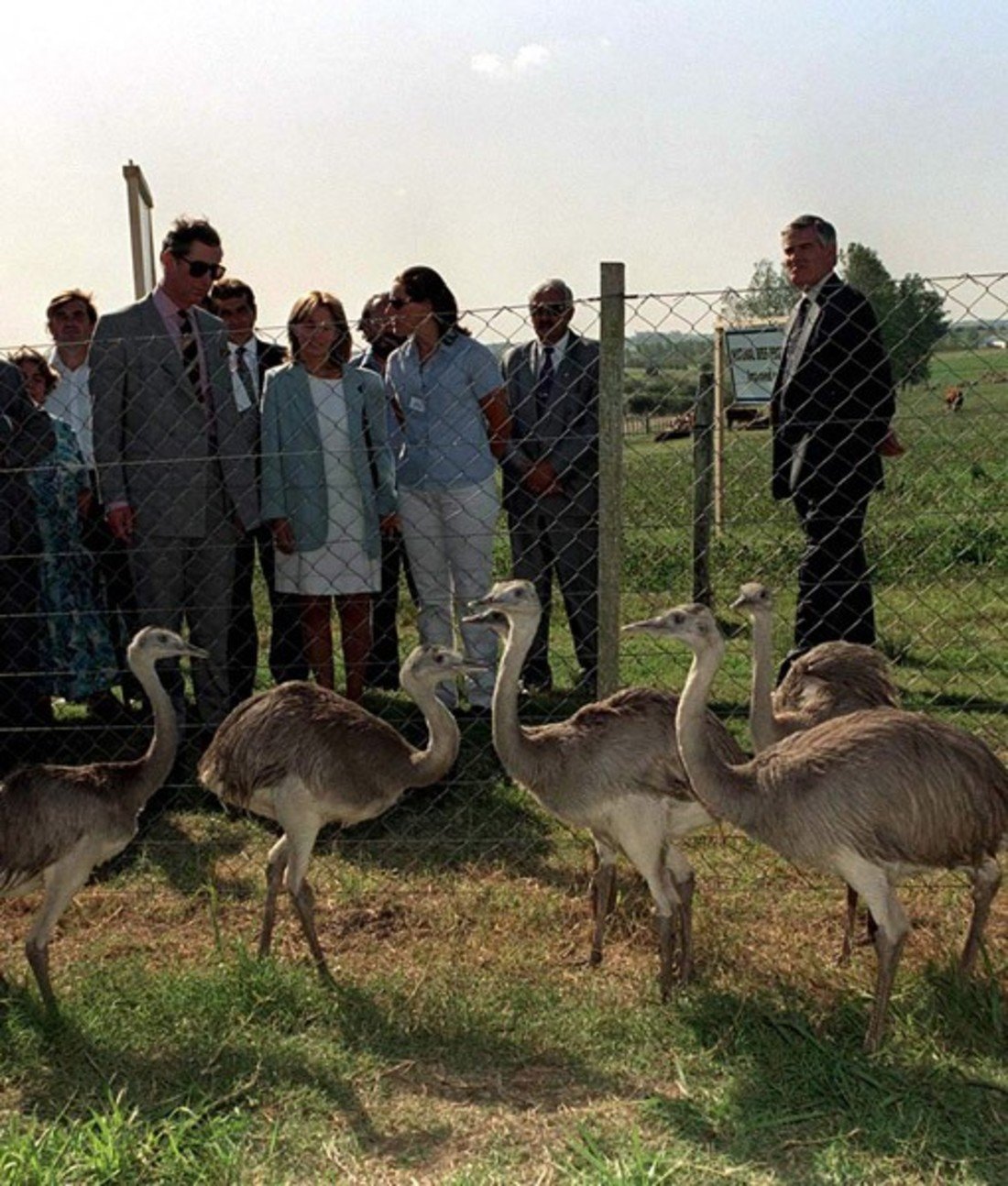
Rheas are flightless birds that look like tiny ostriches and are native to South America. Unlike other birds, rheas have only three toes. They are generally silent birds, unless the male is seeking a mate. He will try and attract the female with a "booming noise."
7. Arucana Chickens
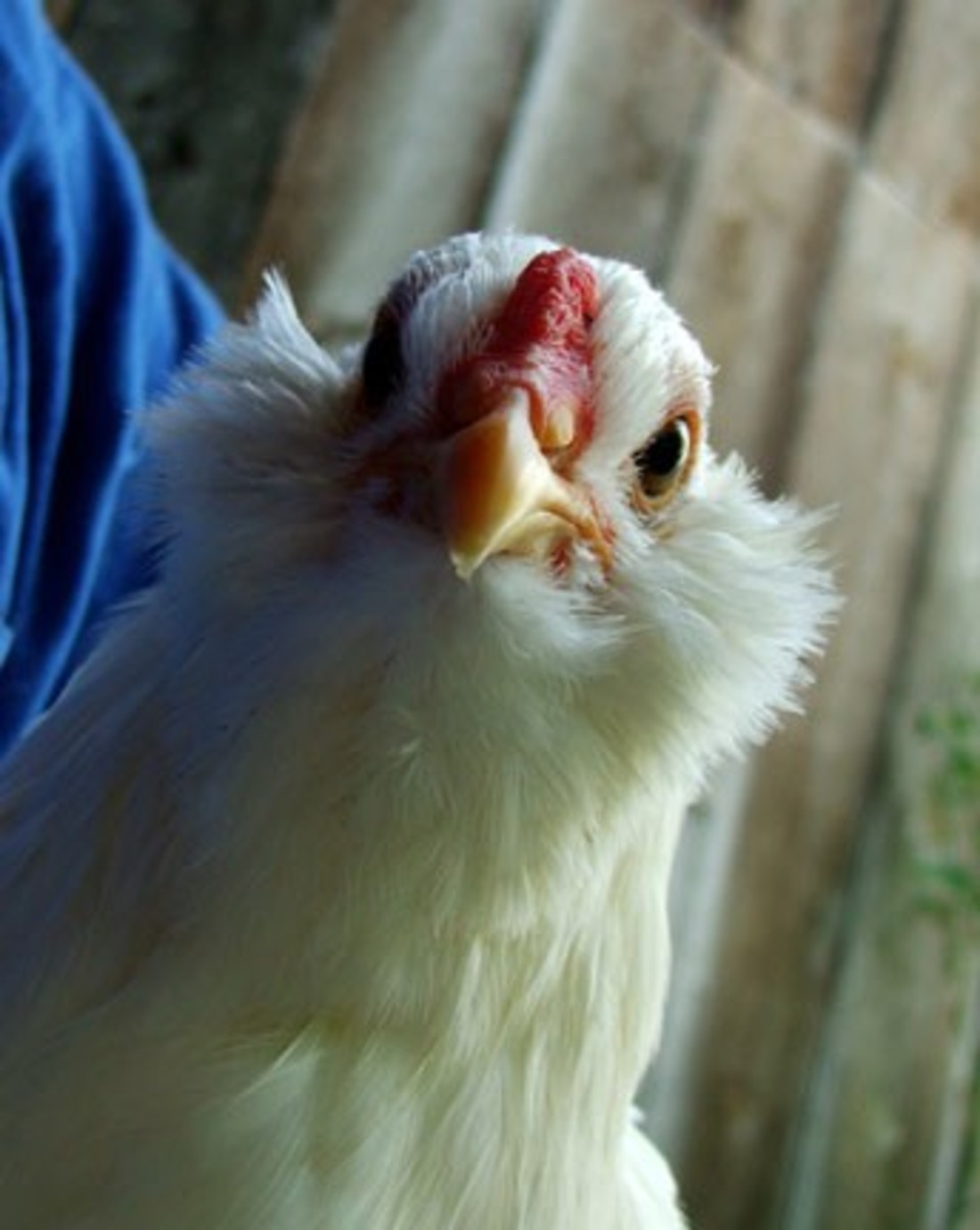
Arucana chickens are a unique type of bird. They are rumpless (they do not have a last vertebrae or a tail), possess ear-tufts (feathers that grow out from near the birds' ears) and lay multi-colored eggs.
6. Guinea Fowl
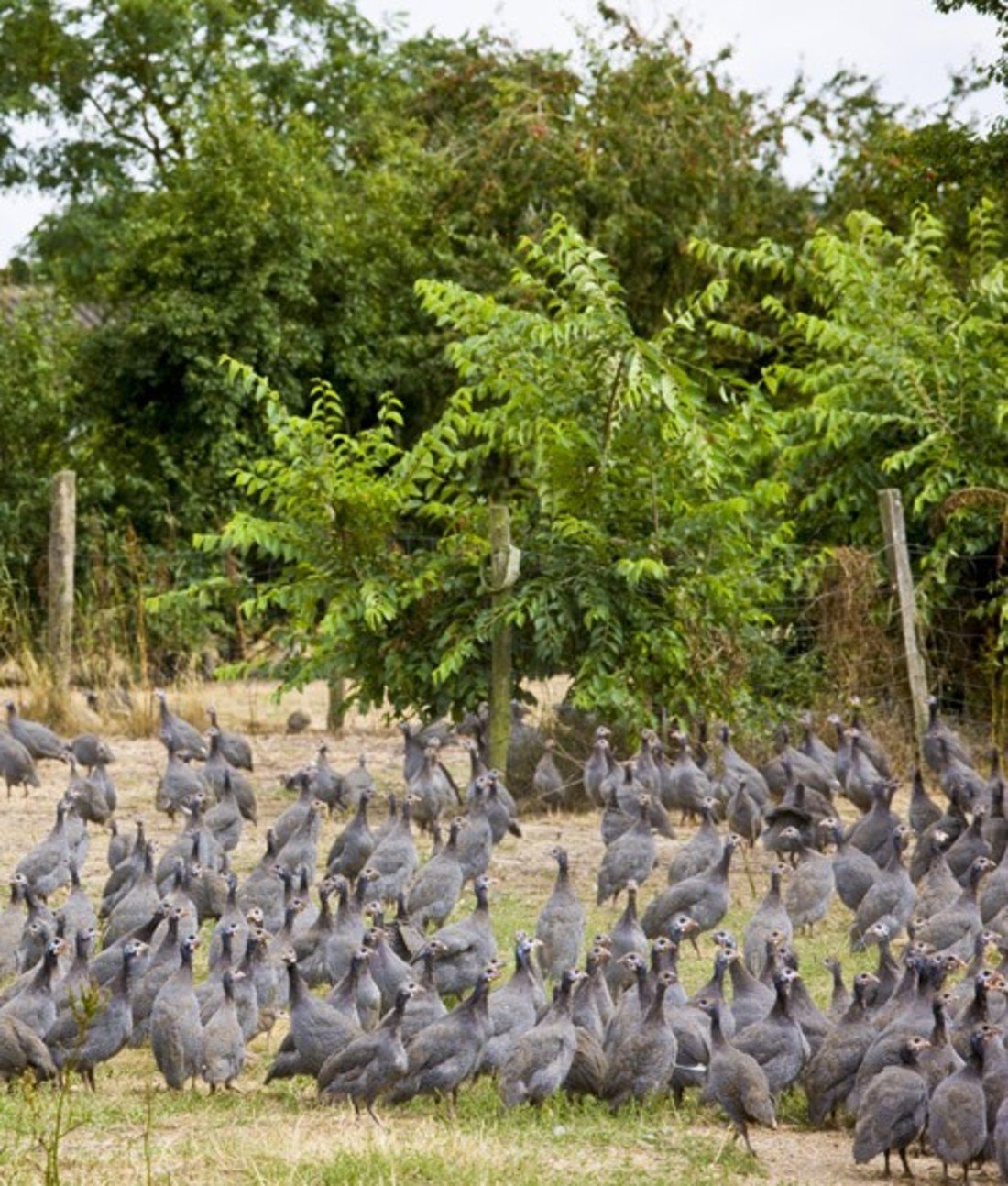
These beautifully colored birds hail from Africa, but can be found on farms around the world. Guinea fowls were introduced to America 16 years after Christopher Columbus landed. Even then, they became popular farm fowls, until chickens and turkeys rolled around. However, they are still found on small farms. They are big insect eaters, so they help protect the livestock from ticks, slugs and other parasites.
5. Yak
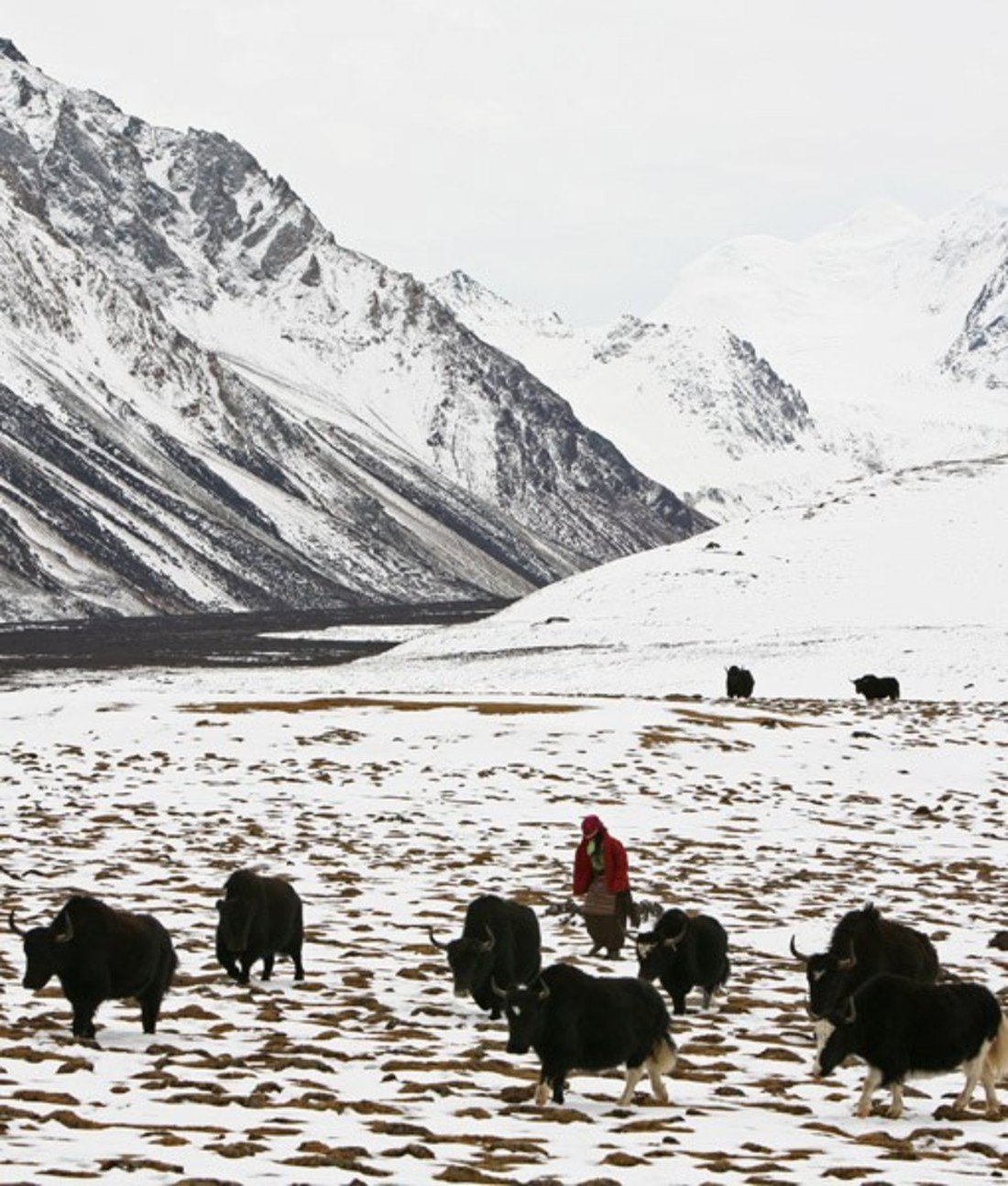
The yak is one of the most useful animals in Central Asia. From its fur to its meat to being used for transportation, many farmers would not be able to function without them. The yak can be found in Tibet and parts of China and can survive in the Himalayas. Their horns are so large and strong that they can break through ice and dig beneath snow.
4. Naked-Neck Chickens
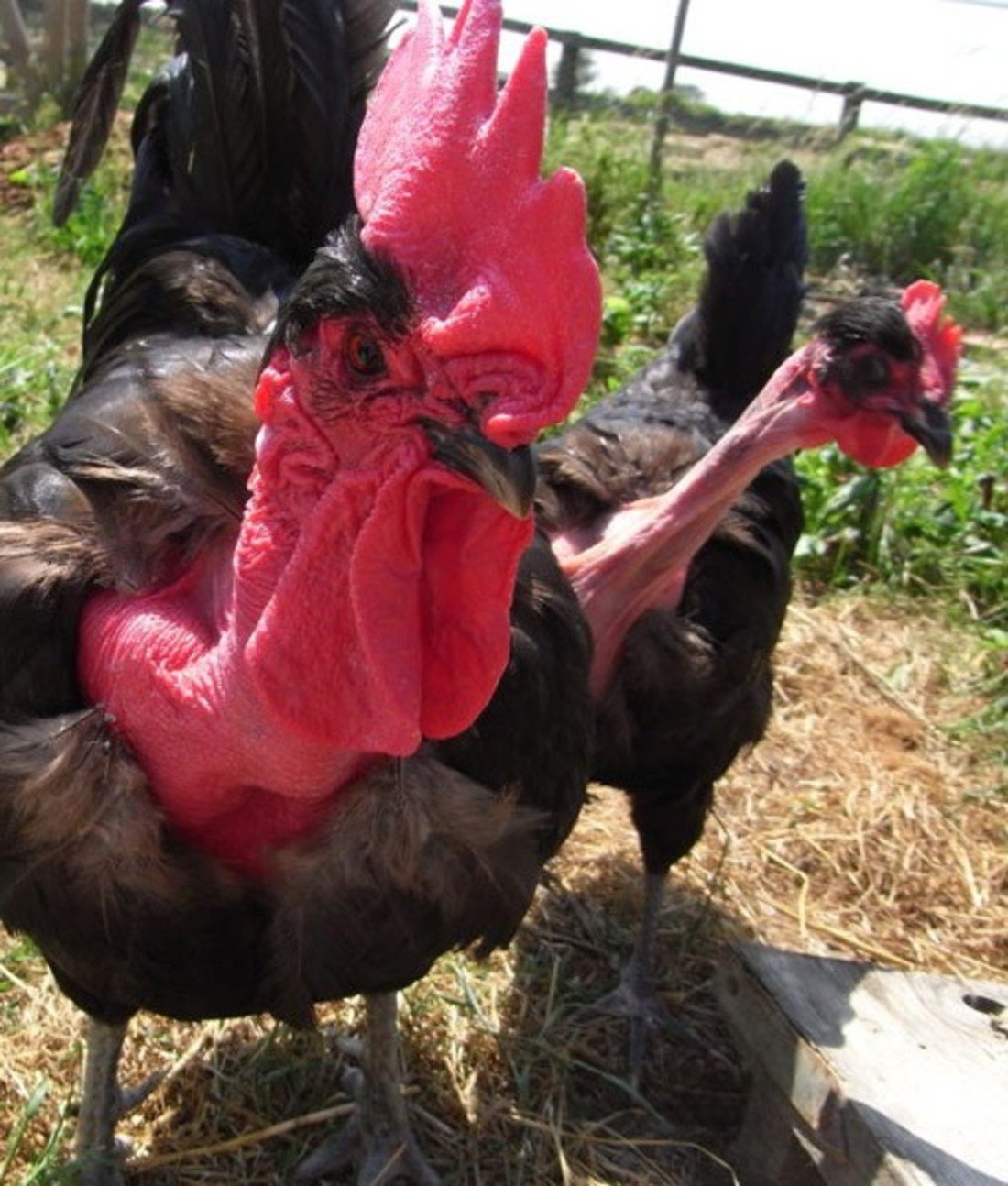
Some find them creepy, while others find them cute. Either way, the naked neck is a popular farm animal and is even sometimes kept as a pet. They are friendlier than your average chicken, and are easier to pluck. But in the winter, they need extra protection, probably because they have no feathers to warm their necks! In Transylvania, where they originated, they were called turkens. They are not, however, a mix between a chicken and a turkey.
3. Myotonic Goats
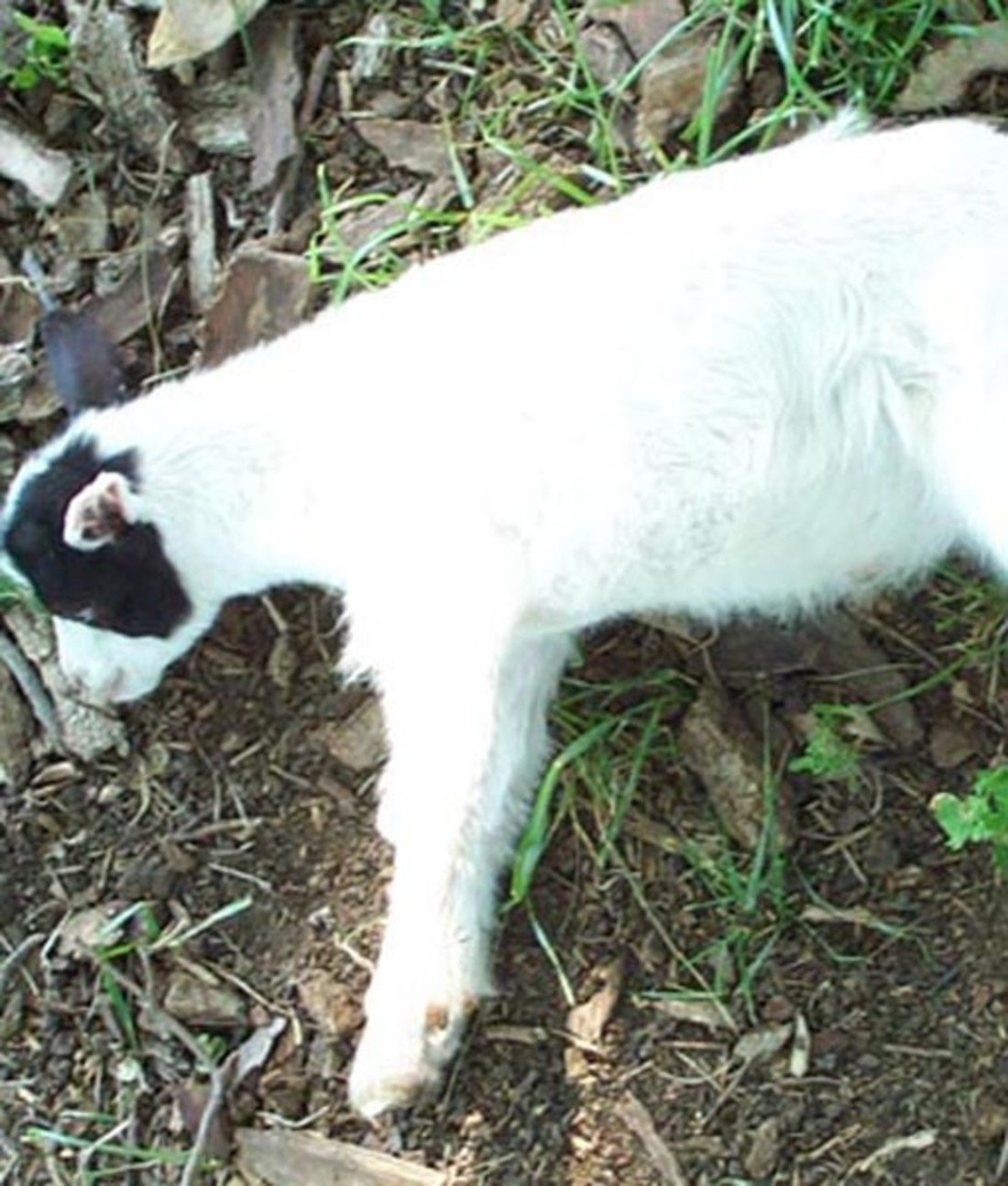
No, this isn't just your regular billy goat. It's a fainting goat, also known as a myotonic goat. This feeble fuzzball's muscles freeze for about 10 seconds when it panics. Although the fainting is painless, it causes the goat to fall on its side. Young goats are unable to fight the freeze and fall over wherever they are. The older goats, however, learn how to spread their legs, lean against something, or shuffle on their stiff legs.
2. Zebu Cattle
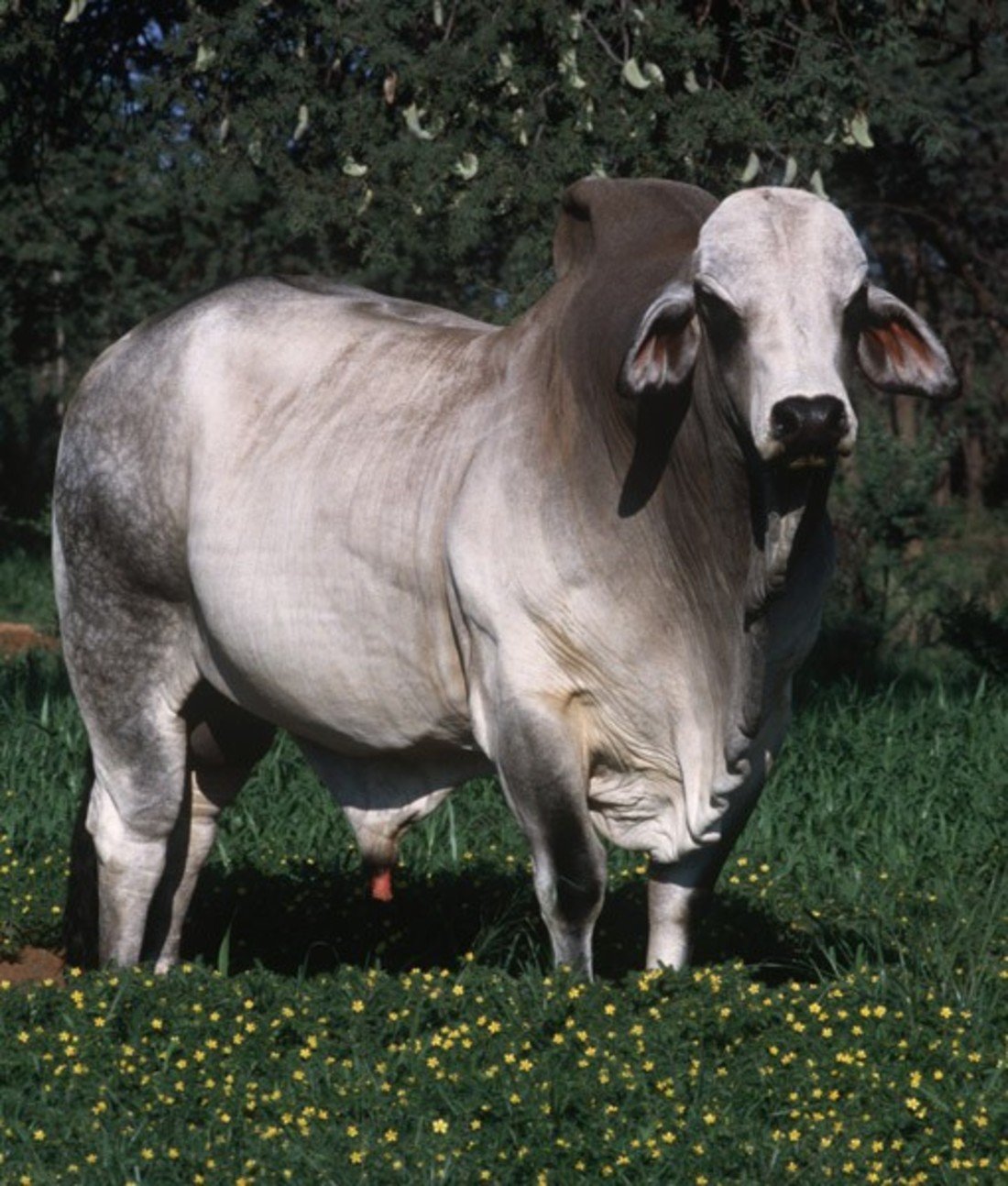
If you are a farmer in a hot and steamy climate, your farm may not have cows, but you can definitely house some zebu cattle. Zebus are multi-purpose animals for farmers. They provide meat, dairy and can also sire calves from cows of other breeds. These strong, humped creatures live exceptionally long lives, too.
1. Mangalitza
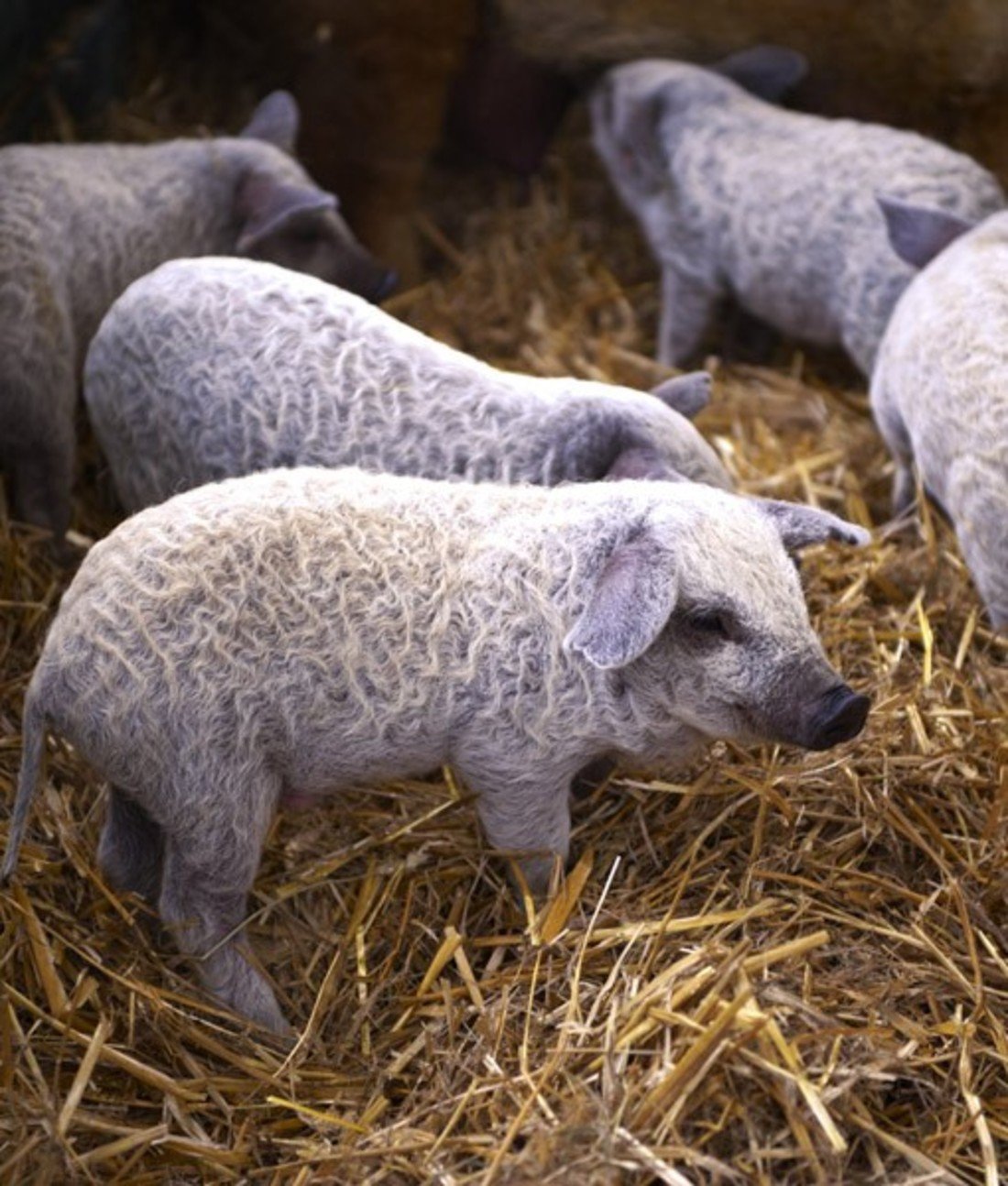
From afar, they may look like sheep, but if given a closer look, these interesting-looking creatures have snouts! Mangalitzas (also known as sheep-pigs) originated in Austria and Hungary and are worth around $1,600, five times the value of an ordinary pig. They are also popular for their wool and meat.



